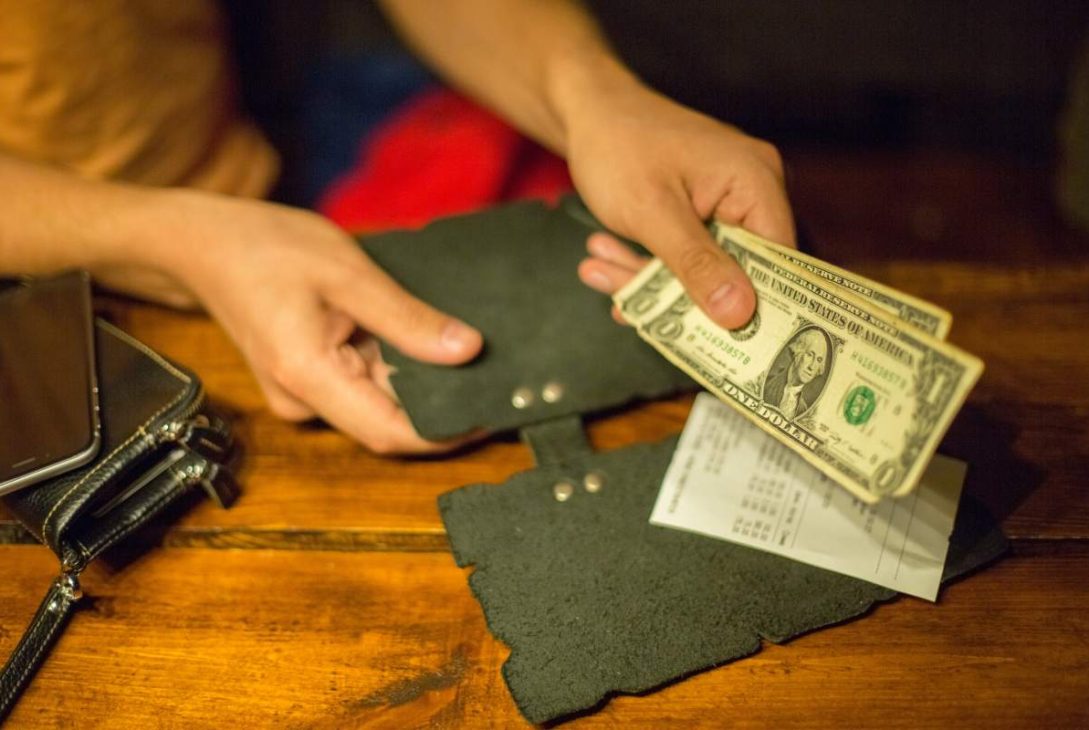Going Dutch is a practice that has become widely accepted in many parts of the world, particularly when it comes to social situations like dining out or going on a date.
The term itself, while commonly used today, has a history that stretches back several centuries. But where does the idea of “Going Dutch” come from? And more importantly, should you consider Going Dutch on a first date?
Let’s dive into the history and the social implications of this shared payment method, especially in the context of dating.
You might also read:
The Origins of “Going Dutch”
The phrase “Going Dutch” generally refers to splitting the cost of something equally among all parties involved. Most often, it’s associated with dining situations where each person is responsible for paying their own bill.
The phrase is believed to have originated in the 17th century during a time of intense rivalry between the English and the Dutch. Many historical accounts suggest that the term was used by the English as a derogatory reference to Dutch people, who were perceived as being particularly frugal or stingy. It’s a reflection of the strained relations between the two nations, especially during the Anglo-Dutch Wars.
There’s also speculation that the Dutch had a custom of splitting bills during social gatherings, contrasting with other cultures where the host was expected to foot the bill. This concept of financial equality or fairness may have been a cultural norm in the Netherlands, but to the English, it appeared as a lack of generosity, hence the negative connotation attached to the phrase.
Over time, however, the phrase lost much of its original sting and has since become a neutral or even positive concept that promotes financial fairness and independence.
How Going Dutch Became Popular
As societies evolved, so did customs surrounding finances, relationships, and etiquette. By the 20th century, gender roles began to shift, and the notion of financial independence, especially among women, grew stronger.
In the past, it was expected that men would cover the costs of dates and other social outings, a tradition stemming from a time when women had limited access to their own income.
However, as more women entered the workforce and began earning their own money, the idea of sharing financial responsibility became more prevalent. This change, coupled with the growing emphasis on equality in relationships, contributed to the rise of Going Dutch, especially in dating scenarios.
In modern times, Going Dutch has become an accepted practice in various countries. While the custom may still carry some negative connotations in certain cultures, many people, particularly in Western societies, view it as a practical and fair way to handle shared expenses.
Should You Go Dutch on a First Date?
Now that we’ve explored the history of Going Dutch, the question remains: should you go Dutch on a first date? The answer isn’t necessarily straightforward, as it depends on various factors such as cultural norms, personal preferences, and the nature of the relationship.
1. Promoting Equality
One of the primary arguments in favour of Going Dutch on a first date is that it promotes equality from the start. Splitting the bill ensures that neither party feels obligated to the other, and it sets a tone of mutual respect and independence. In a world where gender roles are constantly evolving, Going Dutch can be seen as a modern, progressive approach to dating.
For many people, particularly those who value financial independence, the idea of splitting the cost is appealing. It eliminates the pressure on one person (traditionally the man) to cover all expenses and fosters a sense of balance. In heterosexual relationships, Going Dutch can help dismantle traditional gender roles that may not reflect the values of both individuals.
2. Avoiding Unwanted Expectations
Another advantage of Going Dutch is that it can help avoid the perception that one party “owes” the other something, especially when it comes to dating. There is sometimes an unspoken expectation that if one person pays for the date, the other is obliged to reciprocate in some way, which can lead to discomfort or even misunderstandings.
By agreeing to split the bill, both parties can enjoy the date without the pressure of financial expectations. This approach can foster a more relaxed and authentic connection, free from concerns about who should pay and why.
3. Establishing Financial Boundaries Early
Money can be a tricky subject in relationships, and establishing financial boundaries early on can prevent future issues. Going Dutch on a first date can help both individuals communicate their expectations around money and finances. This transparency is essential in building a healthy relationship where both parties feel respected and understood.
If one person prefers to split the bill and the other insists on covering the costs, it may open up a discussion about financial compatibility. While this conversation may not seem important early in the dating process, it can be a key factor in long-term relationships.
4. Cultural and Personal Considerations
While Going Dutch is widely accepted in many parts of the world, it’s important to recognise that not everyone shares the same views. In some cultures, it is still customary for one person, often the man, to pay for the entire date. In these instances, suggesting to split the bill might come across as impolite or dismissive of cultural traditions.
Similarly, personal preferences play a significant role. Some people genuinely enjoy treating their date and feel that paying for the meal is a way to show care and affection. In such cases, Going Dutch might feel overly transactional or even insulting.
The key here is communication. Before the bill arrives, it’s always a good idea to have an open conversation about how to handle the payment. If one person offers to cover the entire cost and the other is comfortable with that, then that approach works. On the other hand, if both individuals prefer to share the cost, Going Dutch is a perfectly acceptable option.
5. Alternatives to Going Dutch
If Going Dutch doesn’t feel quite right for you, there are alternatives that allow for a compromise. For example, one person could cover the cost of dinner while the other takes care of the drinks or dessert. This approach maintains a sense of balance without splitting the bill down the middle.
Another option is to take turns paying for dates. If one person pays for the first date, the other can offer to pay for the second. This method ensures that both parties contribute while also creating a more casual, give-and-take dynamic in the relationship.
Final Thoughts: Is Going Dutch the Right Choice for You?
Ultimately, the decision to go Dutch on a first date is a personal one. It depends on your values, preferences, and the type of relationship you’re hoping to build. Going Dutch promotes equality, helps avoid financial expectations, and can be a great way to establish transparency early in a relationship.
However, it’s essential to be mindful of cultural norms and individual preferences. The key is open communication and mutual respect. Whether you decide to split the bill or let one person cover the cost, what matters most is that both parties feel comfortable and respected in their decision.
In today’s evolving dating landscape, there’s no right or wrong answer — it’s all about finding what works best for you and your date.









